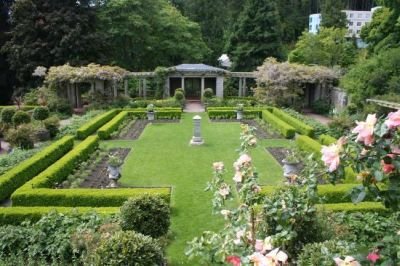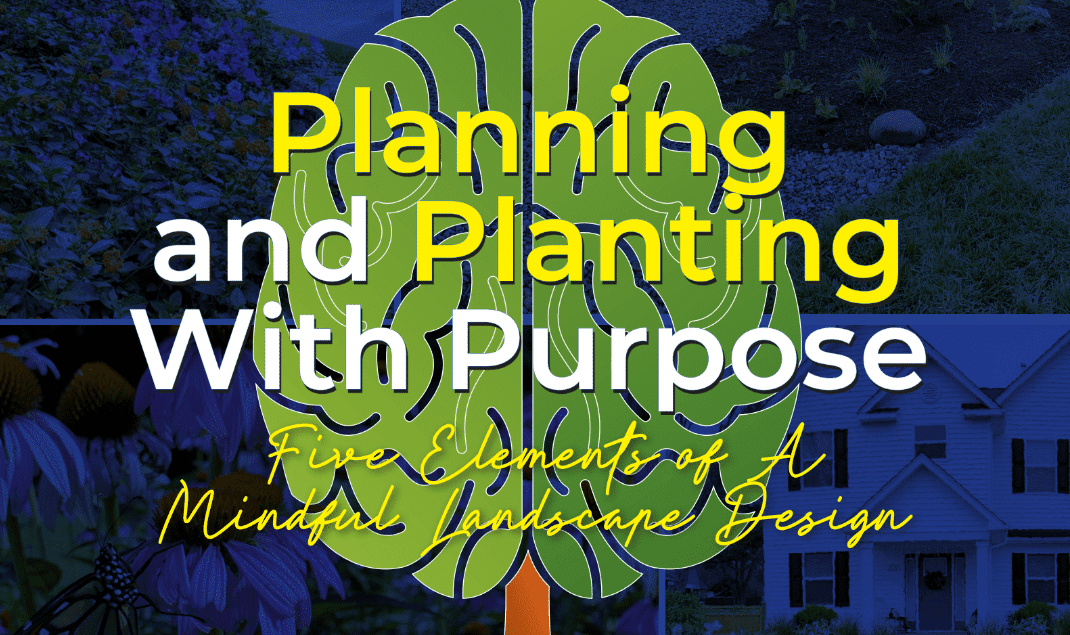Facts About Hilton Head Landscapes Uncovered
Facts About Hilton Head Landscapes Uncovered
Blog Article
Get This Report on Hilton Head Landscapes
Table of ContentsThe 8-Second Trick For Hilton Head LandscapesIndicators on Hilton Head Landscapes You Should KnowThe 2-Minute Rule for Hilton Head LandscapesThe smart Trick of Hilton Head Landscapes That Nobody is DiscussingThe smart Trick of Hilton Head Landscapes That Nobody is Talking AboutOur Hilton Head Landscapes PDFsThings about Hilton Head LandscapesAll about Hilton Head Landscapes
Type compatibility is likewise a major element of unity in designone or two noticeably different kinds benefit comparison and focus, yet normally all other forms ought to have some similarities for a combined look. Structure refers to exactly how coarse or fine the surface area of the plant or hardscape material really feels and/or looks.
Examples of plants with crude texture consist of philodendrons, agaves, bromeliads, hollies, palms, and hydrangeas. Features that create fine structure include small vegetation; slim, strappy leaves (grasses) or tall, slim stems; tiny, thick branches and small branches; long stems (vines); and tiny, delicate flowers.
A Biased View of Hilton Head Landscapes
Many plants are average structure, in that they can not be described as having either crude or fine texture. Medium-textured plants act as a background to link and merge the coarse- and fine-textured plants.

To make a space feel smaller, position the coarse structures along the outer border and the great appearances closest to the visitor. The information of the coarse appearance makes the plants show up closer and makes the area feel smaller. The viewed structure of plants can also transform with the range from the plant.
Excitement About Hilton Head Landscapes
Vibrant shades raise the contrast and make the structure appear coarser, while low-key shades can squash appearance. Hardscape with a rugged texturesuch as extremely harsh rocks and vibrant, huge timberstends to make all plant material show up more moderate textured. Designers often create an appearance study (Figure 8) on paper to aid choose the plan of plant products.
Number 8. Texture research. Color in plant material and hardscape includes interest and range to the landscape. Shade is the most obvious element in the landscape and is normally the emphasis of a lot of house owners; nevertheless, it is additionally the most momentary aspect, generally lasting just a couple of weeks a year for specific plants.
Hilton Head Landscapes for Dummies
A straightforward description of the shade wheel includes the three primary colors of red, blue, and yellow; the 3 secondary colors (a mix of two primaries) of green, orange, and violet; and 6 tertiary shades (a mix of one surrounding primary and secondary color), such as red-orange. Shade concept explains the relationship of colors to each other and exactly how they need to be utilized in a structure.

Comparable (sometimes called harmonious) color design are any kind of three to 5 colors that are surrounding on the color wheel, such as red, red-orange, orange, yellow-orange, and yellow, or blue, blue-violet, and violet (bluffton landscaping). The shades relate you can look here to every various other since they normally include two primaries blended to develop a secondary and 2 tertiary shades, which implies they share usual residential or commercial properties
They have a tendency to have high contrast in between them. One of the most typical sets are violet and yellow, red and green, and blue and orange. Complementary shades are typically located normally in blossoms; a typical set is yellow and violet. Color is discovered in the flowers, vegetation, bark, and fruit of plants.
The Only Guide for Hilton Head Landscapes
Eco-friendly foliage in all its different tones is the leading color by amount, but various other colors record attention extra easily due to the fact that of their high contrast to the color green. Shade is additionally located in structures, rocks, pavers, wood, and furniture. Many colors in all-natural materials, such as stone and timber, are typically muted and often tend to be variants of brown, tan, and light yellow.
Colors have residential or commercial properties that can influence emotions, spatial assumption, light quality, balance, and focus. Trendy shades often tend to be calming and should be made use of in locations for relaxation and calmness.
The Ultimate Guide To Hilton Head Landscapes
Trendy colors tend to recede and are regarded as being farther away, making a space really feel bigger. Color can additionally be utilized to record attention and straight sights.
For instance, bright yellow, which has the greatest strength, also has a high contrast with all various other colors (frequently called a "pop" of shade) and should be utilized moderately. A percentage of intense color has as much visual weight as a big amount of a much more suppressed or weak shade.
Similar (sometimes called unified) color pattern are any kind of three to five shades that are surrounding on the color wheel, such as red, red-orange, orange, yellow-orange, and yellow, or blue, blue-violet, and violet. The colors are associated to each various other because they generally consist of two primaries blended to create a secondary and 2 tertiary shades, which suggests they share usual properties.
Examine This Report on Hilton Head Landscapes
Complementary shades are typically discovered naturally in blossoms; a typical pair is yellow and violet. Color is discovered in the flowers, foliage, bark, and fruit of plants.
Environment-friendly foliage in all its numerous tones is the dominant shade by quantity, but various other shades record interest quicker because of their high contrast to the shade environment-friendly - landscape design hilton head - https://hub.docker.com/u/h1tnhdlndscps. Shade is additionally discovered in buildings, rocks, pavers, timber, and furniture. A lot of colors in natural products, such as rock and wood, are usually soft and often tend to be variations of brown, tan, and pale yellow
Hilton Head Landscapes - The Facts
Colors have buildings that can influence feelings, spatial assumption, light top quality, equilibrium, and focus. Great shades have a tendency to be soothing and ought to be utilized in areas for relaxation and serenity.
Trendy shades tend to decline and are regarded as being further away, making a room really feel bigger. Shade can likewise be used to record interest and direct views - https://telegra.ph/Transform-Your-Outdoors-with-Hilton-Head-Landscapers-07-03.
Bright yellow, which has the highest possible strength, likewise has a high comparison with all other shades (commonly explained as a "pop" of color) and should be made use of moderately. A little quantity of intense shade has as much aesthetic weight as a large quantity of a more controlled or weak color.
Report this page